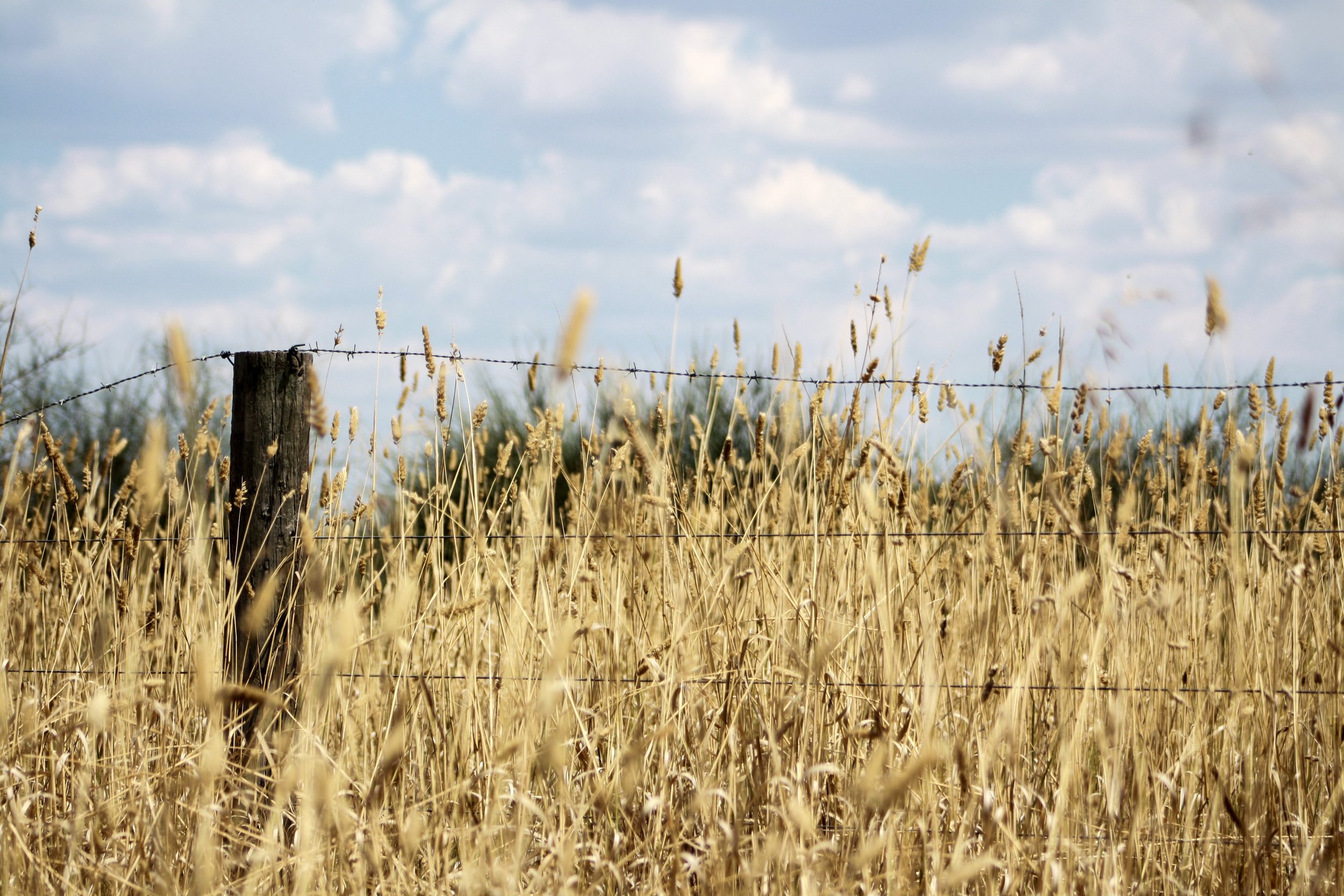
Take Action and Support a Grasslands Conservation Marketplace
What is traded in an exchange
Buyers and sellers trade economically, environmentally, and socially relevant grasslands ecosystem services that have been combined and weighted in an index.
Grasslands Capital X Is the only grasslands conservation exchange that empowers a growing range of profitable environmental paths to sustainability by giving sellers and buyers efficient, highly collaborative access to services and partnership opportunities, plus a solid, scientific foundation to back it up.

The grasslands index includes the following ecosystem services benefits:
Biodiversity and regenerative habitat
Overall rangeland health
Water filtration or improved water quality (reduced runoff)
Water storage and flood mitigation
Soil aggregate stability and improved soil water retention
Soil health related to organic matter content
Recreational use of grasslands for hunters, birders, and nature lovers; aesthetic viewscapes
Landowner stewardship ethic and regenerative agriculture
Traditional use of lands by Indigenous communities

Stay informed
Stay up to date on what’s going on in grasslands conservation
Conservation index values
The overall Grassland Index is determined by adding the weighted combination of water, soil, biodiversity, and cultural ecosystem services together. A report may also contain additional qualitative and quantitative information of interest to potential buyers. The Grassland Index is intended to be used as a full picture of grassland ecosystem health or condition rather than individual measurements.
Species abundance
Species richness
Rangeland Health
Riparian areas
Water storage volume
Water quality
Soil aggregate stability
Soil organic matter
Recreation
Traditional use of lands
Regenerative agriculture
Key Indicators of Grasslands Conservation
Because ecosystem services are difficult to quantify, indicators are used as an evaluation tool to simplify the complexities in ecological and human interactions. These indicators function as a proxy to measure effectiveness or responsiveness to change. The ecosystem services indicators are backed by science, can be measured and provide a level of transparency to buyers and sellers.
These indicators are a starting point and as science advances and more is learned about ecosystem services and indicators the Grasslands Index will be adapted and improved.
Biodiversity Intactness Scale
Biodiversity is the variety of all living things that includes species diversity (animals, plants, insects and micro-organisms), ecosystem diversity (connections and interactions) and genetic diversity.
Rangeland Health
Rangeland health is an indicator of the condition of the grassland and inlcudes assessments of soil stability, water, nutrient and energy cycling and diversity of plant speices.
Water Quality
Predicts the potential and importance of water quality variables such as phosphorus and nitrogen entering waterbodies.
Water Supply
Measures wetland and riparian hydrology (estimate of wetland water storage volume). The water storage volume can be used to provide information on benefits such as flood mitigation and recreational opportunities.
Soil Health
Soil health indicators are measurements of soil aggregate stability, bacteria to fungi ratio, a predicted abundance of soil micro-organisms and soil organic matter.
Culture and People
Recreation and aesthetic views are important cultural ecosystem services. These are calculated based on naturalness of the landscape and use by recreational users (hunters, birdwatchers, etc.)

learn more
Have questions? Please reach out.





